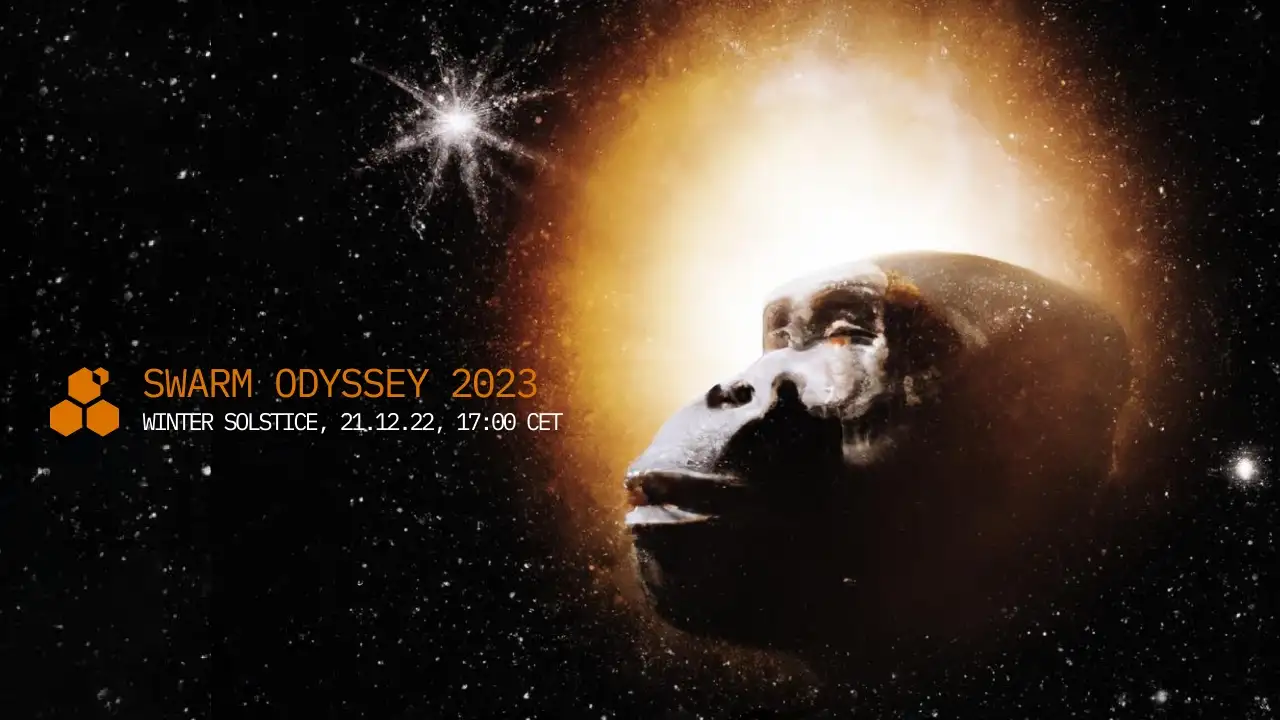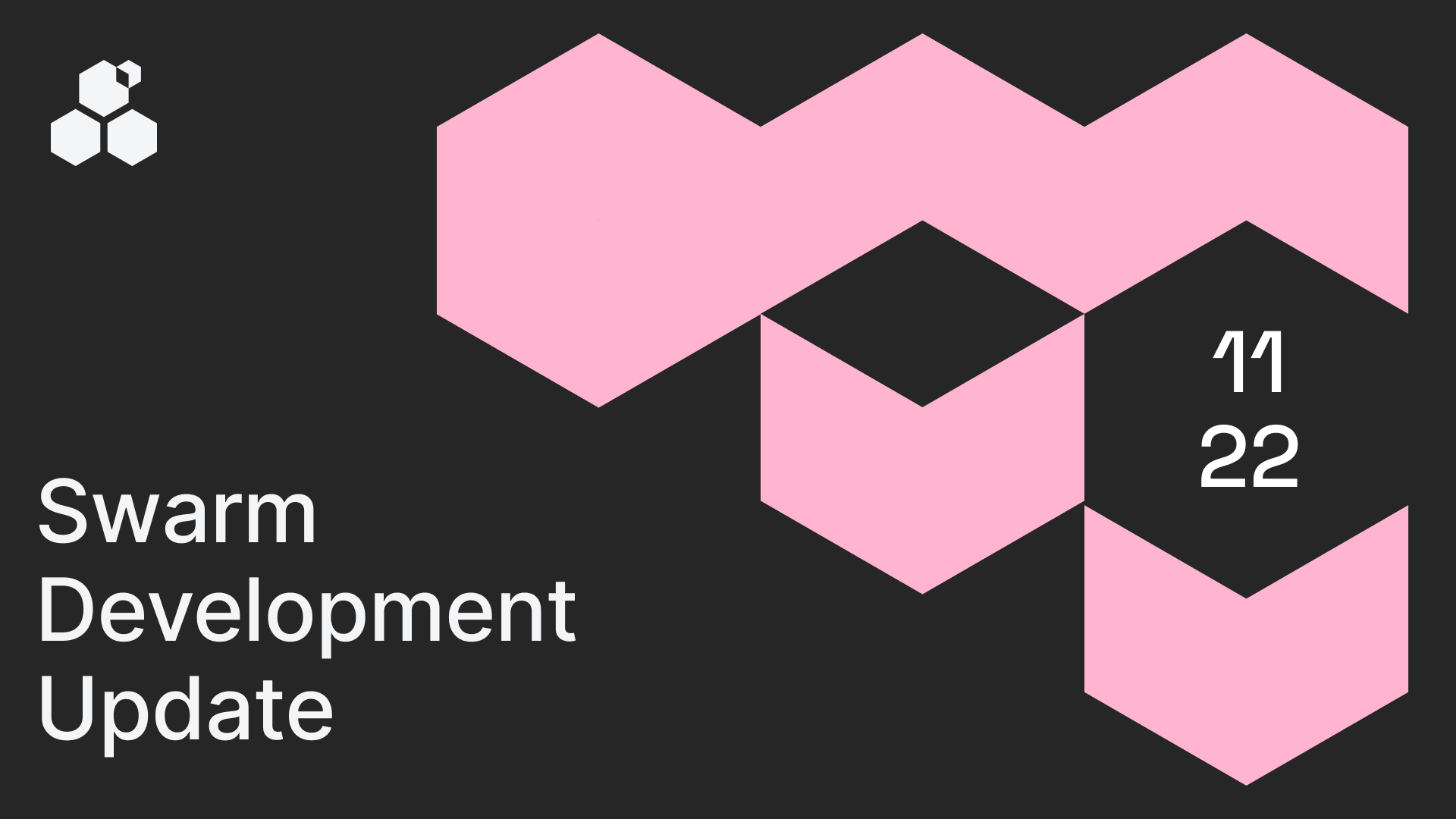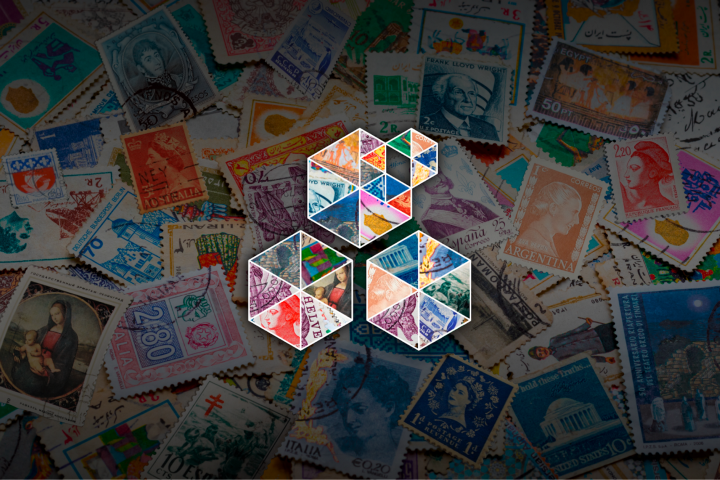TL:DR
- As part of the “holy trinity”, Swarm was envisioned as Ethereum’s world computer hard drive
- Even though the “holy trinity” became three separate projects, the world computer is still relevant due to the numerous benefits it creates
- To this day, Ethereum is operating without a dedicated distributed storage solution; developers have to store data in centralised cloud solutions
- In 2022, Swarm is set to become feature-complete and ready to take on the role of the world computer’s hard drive and make it completely decentralised
From Ethereum, Swarm is born
The idea of the world computer was born out of Ethereum’s founding fathers’ vision for a new and better Web. In it, Vitalik Buterin, Gavin Wood and Jeffery Wilcke envisioned a serverless Web, free of large corporations and one which could be economically self-sustaining through blockchain technology.
Through such an autonomous Web information would flow freely, while control of the key functions would be more equally redistributed among the participants. It would also create a more resilient and censorship-resistant Web with zero downtime.
To elaborate on this vision, Ethereum’s founders also came up with the analogy of a world computer. The analogy encompasses a “holy trinity”, in which Ethereum plays the role of the CPU and Whisper is the signalling and messaging protocol. The third part of the “holy trinity”, Swarm, would take the place of the world computer’s hard drive.
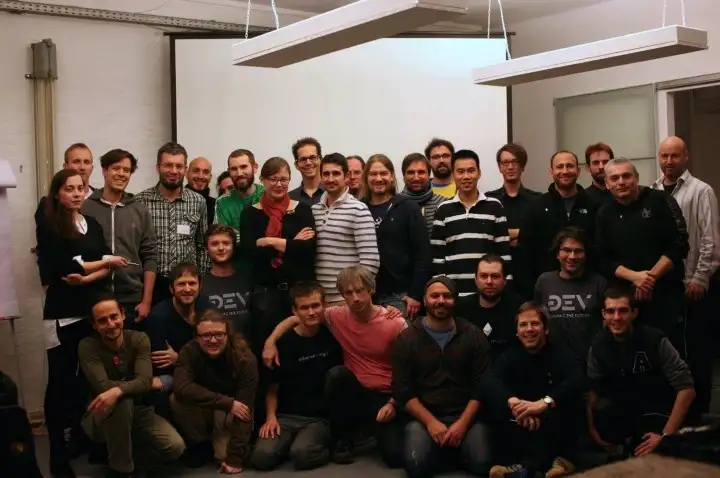
Viktor Trón (first from left, below) and Daniel Nagy (fourth from left, up) among the initial Ethereum team
It was actually Wood who came up with the idea for Swarm. Since there was no compatible distributed storage solution available at the time, one had to be created from scratch. So, when Viktor Trón and Daniel Nagy joined the Ethereum Foundation in 2015, they took over the project within the Foundation’s Geth team.
In the span of a couple of years, Whisper stopped existing. Swarm took its place, growing to cover all aspects of permissionless publication and private data exchange. A little further down the line, in 2019 to be precise, Swarm set out on its own as well.
With each project going its own separate way, the question arises: is the analogy of a world computer, made up of several components, along with the idea of a world computer itself, obsolete?
The short answer is: they are not. This blog post will outline why.
The benefits — from DeFi to NFTs
Ethereum’s world computer is a one-of-a-kind creation in human history. Its unique design fostered completely new ways of assembly, governance and conducting business models. It also introduced a permissionless and trustless mode of participation and interaction.
These two facets of the world computer enable individuals to use the Ethereum network without much more than an internet connection and without having to worry about gatekeepers. They also enable them to interact and transact with each other directly by removing traditional middlemen and trust from the transaction.
The positive impact of such a design was first made abundantly clear with the ICO boom. Suddenly, investing in promising early-stage projects wasn’t the sole domain of large private equity funds and accredited investors with deep pockets. Anyone could become a venture investor and millions around the world seized the opportunity. And the trend is continuing today, albeit in a different form and to a different extent.
Then, in 2020, DeFi took the world by storm. A slew of a new breed of DeFi DApps brought with it an array of innovative financial products. Derivatives, perpetual contracts, flash loans, decentralised lending, high-yield deposit options… all forming successful and accessible passive income generators for millions around the world.
If 2020 was the year of DeFi, 2021 was the year of NFTs. Artists and other creative workers quickly grasped the potential they offer, which caused an explosion of value and liquidity. We’re already witnessing how the play-to-earn model has started to reshape the gaming industry, offering an alternative income source for people in developing nations. This is just the beginning. We have yet to see what unimaginable business opportunities these new tokens will bring about.
Some predict that the year 2022 will be the year of the DAO (Decentralised Autonomous Organisation). We’ll probably see people coordinating and organising around a cornucopia of issues and topics — from memetic to hardcore stuff.
A less tangible benefit is also the built-in transparency. Every transaction that has ever happened on the Ethereum network is recorded and public.This removes the need to trust that a third party did it in our name. Everything is checkable, because there is only a smart contract between the beginning and the destination of the transaction. This, in turn, greatly reduces transaction times, which is great for remittances.
All of the above and more shows that people around the world are getting real benefits from an accessible global computing machine. And since we’re in the initial stages of innovation, there’s an immense potential that will ensure it sticks around for the foreseeable future.
How the world computer works
So, this answers the question of whether the idea of the world computer itself is obsolete. What about the relevance of the analogy of a computer made up of several parts? To answer this, we first need to understand how the world computer works.
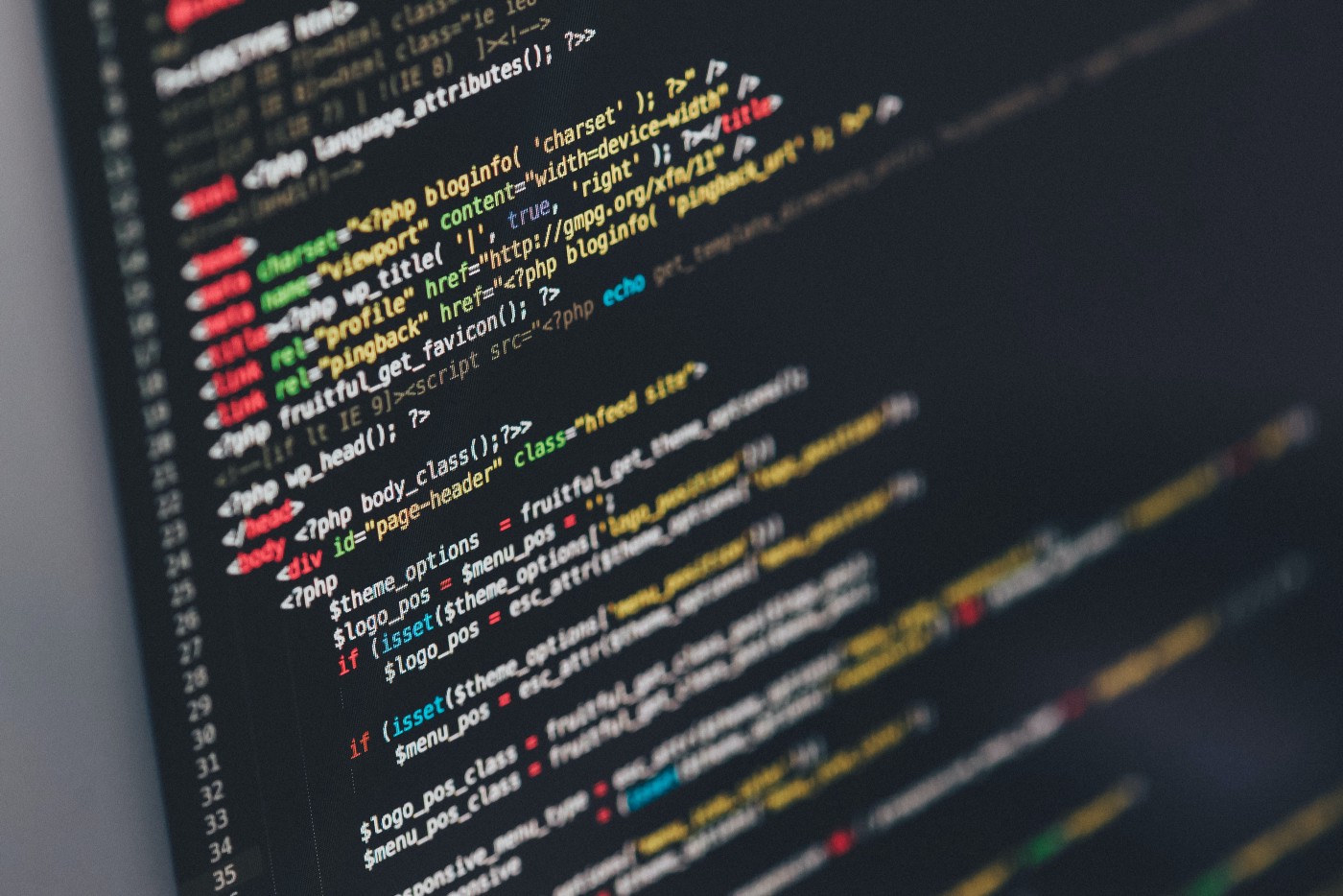
In essence, the world computer works just like any other computer. It processes software commands and instructions. The difference from a regular computer is twofold. The first is that with Ethereum’s world computer computation happens on a global scale. Thousands of individual computers running Ethereum clients (so-called nodes) connect to each other to create a network, which executes commands.
The second difference is that users must interact with the network via smart contracts. A smart contract is just a program that runs on the Ethereum blockchain. When a user submits a transaction (i.e. request for computation) to the smart contract’s address, it prompts the smart contract to execute the code inside it.
Although relatively simple, smart contracts are the very thing that gives Etherum its potency. And just like any software, they need storage to store relevant data. Herein lies the problem.
Ethereum has a storage problem
Up to this point, the Ethereum network has been operating without a dedicated solution to store important data. This is akin to running a PC without a hard drive! “Smart contracts need an interface to operate and DApps provide that interface. But developers are now forced to store DApps on some web server. Which is contrary to the original vision, where the front- and back-end were meant to be completely distributed,” explains Swarm’s chief scientist, Daniel Nagy.
Unfortunately, by choosing centralised cloud solutions to store DApp front-ends, developers leave them highly vulnerable. This highly valuable data faces a constant risk of being wiped out of existence, either from discontinuation of services, blocked access, deleted data, unaffordable storage costs or other causes.
Swarm makes the world computer truly decentralised
This is also the reason the analogy of the “holy trinity” (although with a reduced membership) is still very much relevant.
To make the world computer secure and distributed in all aspects, it will need a matching storage solution. That’s where Swarm steps in. As mentioned at the beginning of the article, Swarm was designed to provide storage to Ethereum’s world computer from the very start. After years of intensive development, 2022 marks the year when Swarm will be feature-complete and ready to take on this role. It will enable vital data to only be referenced on the blockchain, but stored elsewhere.
Because it was conceived as part of Ethereum’s ecosystem, Swarm connects to it natively. It provides a base storage and communication layer for DApps to store data in and communicate over. “I see the main value [of using Swarm in Ethereum] in storing contract-relevant data off-chain in a distributed manner. Even crucial data that is now stored on-chain, such as state data, could be moved off-chain to Swarm. This could reduce Ethereum transaction fees and times, since less gas and computation would be required,” Nagy says.
According to him, once it is feature-complete, Swarm will be directly usable for Ethereum developers, which is one of its greatest strengths. Even DApps that weren’t built with Swarm in mind can benefit from it, he adds.
In conclusion
Storing data in Swarm will remove the need to rely on the public cloud, and will bypass incurring unbearable costs of storing data on-chain, reduce fees and decrease computation times.
Swarm is the missing piece that will make the world computer a truly decentralised and unstoppable machine. Just as it was meant to be from the very start.

Discussions about Swarm can be found on Reddit.
All tech support and other channels have moved to Discord!
Please feel free to reach out via info@ethswarm.org
Join the newsletter! .

